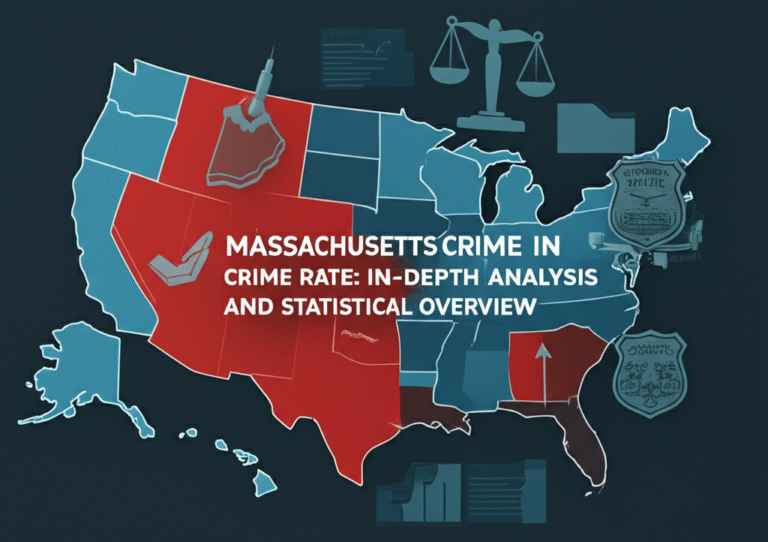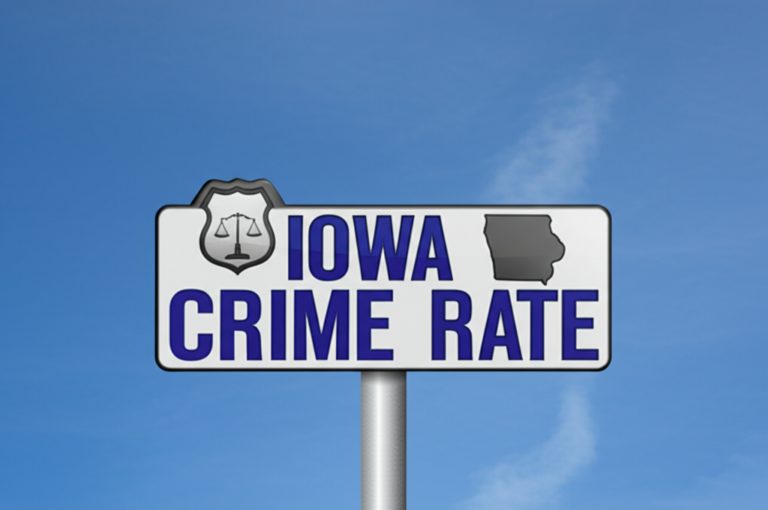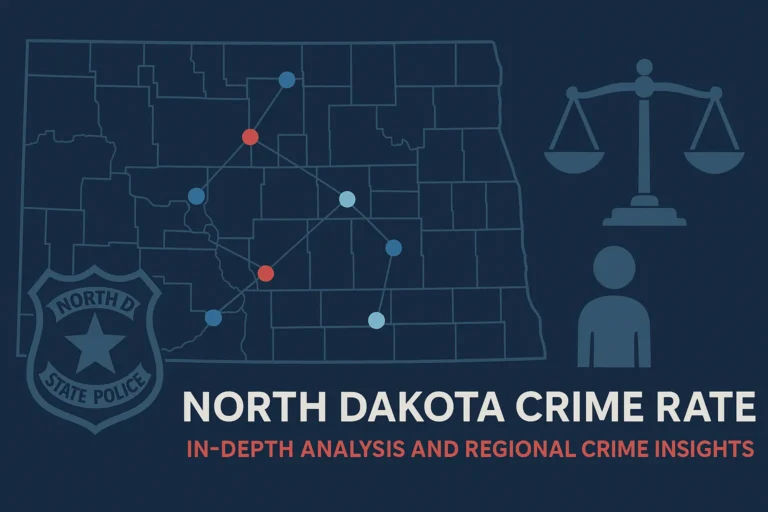Washington USA Crime Rate: Comprehensive Crime Statistics and Analysis
Have you ever wondered how safe the nation’s capital truly is beyond the famous landmarks and bustling streets? Crime in Washington USA presents a unique blend of challenges that intertwine with the city’s social, economic, and political fabric. Public safety remains a paramount concern, as law enforcement and criminal justice professionals continuously analyze crime trends to improve community well-being. Understanding the patterns of violence and other offenses allows insight into the broader social issues at play and how law and justice systems are evolving to meet these challenges. This article explores detailed crime statistics and offers thoughtful analysis, inviting you to discover how Washington manages its crime landscape.
- Washington has a distinct crime profile with specific challenges in both violent and property crimes.
- Analyzing crime data is critical for law enforcement, policymakers, and public safety awareness.
- Insights here cover key crime types, city safety rankings, and comparisons with national statistics.
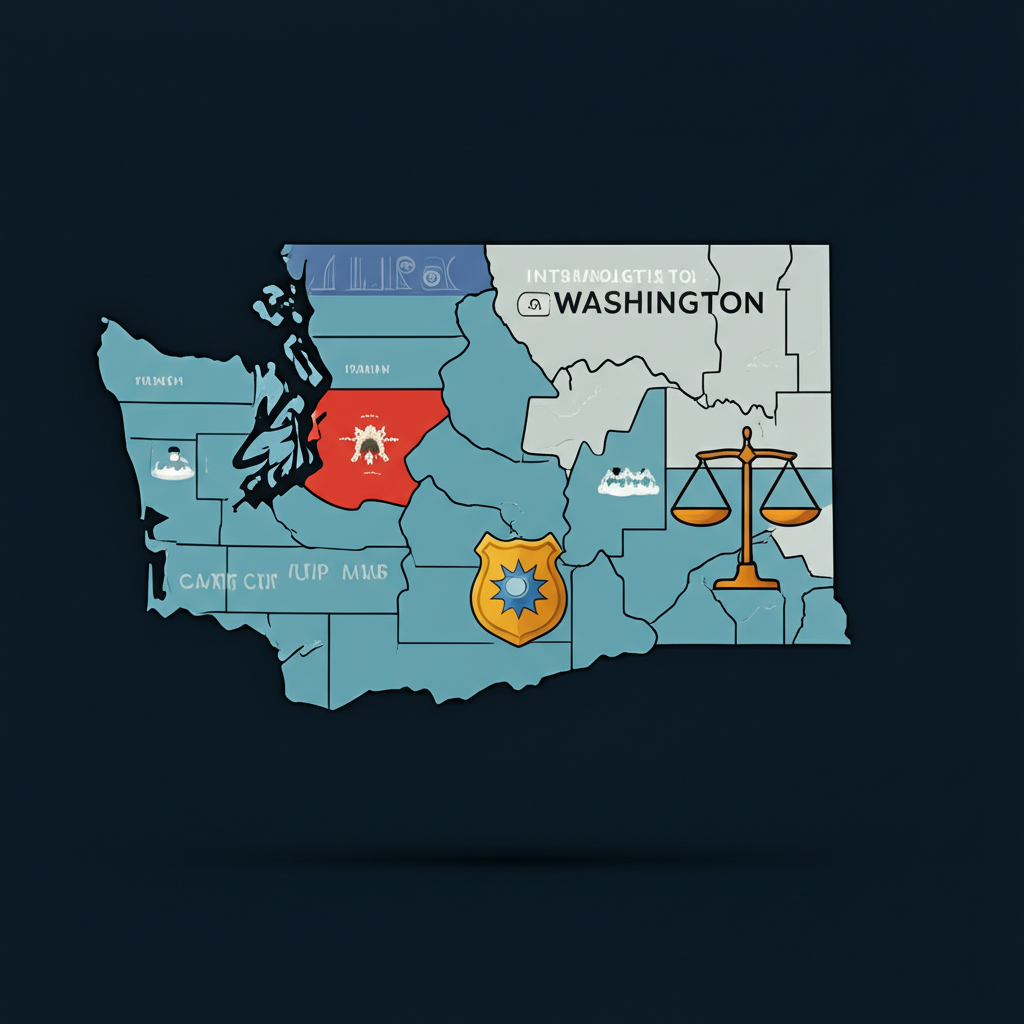
Overview of Crime Types in Washington
Washington, USA, experiences a range of crime that falls mainly under two broad categories: violent crime and property crime. Together, these crimes amount to a significant number of offenses annually, affecting the lives of residents across the city. As per recent crime statistics, there have been over 253,000 cases reported, signaling a combined rate of approximately 32.44 crimes per 1,000 residents. While property crime significantly outweighs violent crime with a rate of 28.87 per 1,000, the latter remains a critical concern due to its immediate threat to safety. Law enforcement and criminal justice efforts focus on understanding these figures to enhance public safety initiatives and allocate resources effectively.
- Total crimes reported reach over 253,000, representing a combined rate of 32.44 per 1,000 residents.
- Violent crime accounts for a smaller portion with a rate of 3.57 per 1,000, while property crime is significantly higher at 28.87 per 1,000 residents.
| Crime Category | Total Cases Reported | Rate per 1,000 Residents |
|---|---|---|
| Total Crimes Reported | 253,444 | 32.44 |
| Violent Crime | 27,909 | 3.57 |
| Property Crime | 225,535 | 28.87 |
Detailed Violent Crime Statistics in Washington
Among the various types of violent crime committed in Washington, assault is the most common by a wide margin, with over 18,000 cases reported. Incidents of robbery and rape also contribute significantly to the violent crime rates, highlighting areas where community safety efforts must be focused. Although murder remains the least frequent violent offense, it carries substantial weight in how authorities view the city’s overall safety.
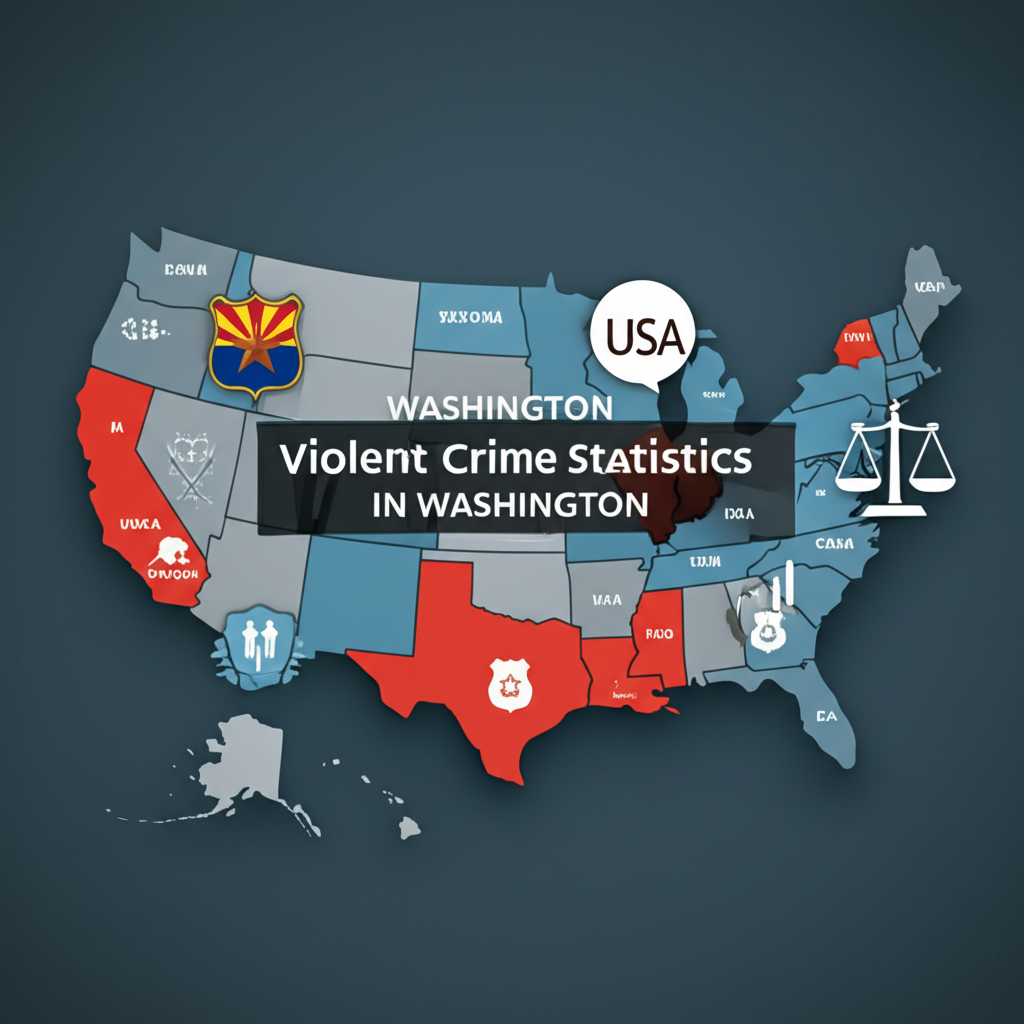
The likelihood of becoming a victim of violent crime in Washington is about one in 280 residents, illustrating the importance of community vigilance and effective policing. These insights into different violent crime types help shape responses from criminology experts and public safety agencies.
- Assault dominates violent crime with over 18,000 reported cases.
- Robbery and rape also contribute notably to violent crime occurrence.
- Murder is the least frequent but a critical concern in violent crime analysis.
- Chance of violent crime victimization is 1 in 280 residents.
| Violent Crime Type | Reported Total | Rate per 1,000 Residents |
|---|---|---|
| Murder | 373 | 0.05 |
| Rape | 2,917 | 0.37 |
| Robbery | 6,416 | 0.82 |
| Assault | 18,203 | 2.33 |
| Total Violent Crime | 27,909 | 3.57 |
Comparing Violent Crime Rates: Washington vs National Median
When Washington’s violent crime rates are compared with national medians in the United States, some patterns become clear. The overall violent crime rate in Washington stands at 3.57 per 1,000 residents, which is slightly lower than the national median of 4.00. Crimes like murder and rape show marginally lower incidences, offering a somewhat reassuring view of the city’s safety landscape.
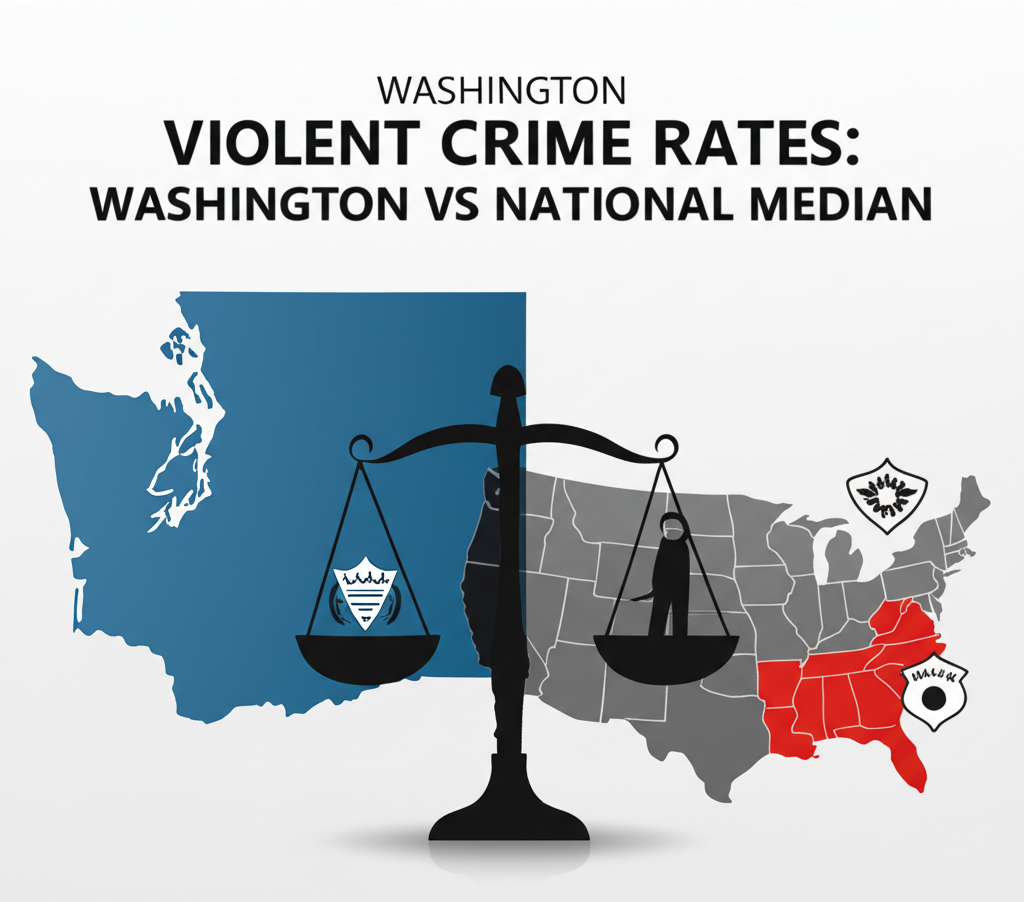
However, robbery rates in Washington exceed the national median, suggesting an area where law enforcement might focus increased attention. Assault cases are somewhat less frequent compared to nationwide figures. Such comparisons help guide criminology research, inform resource allocation, and encourage collaborative efforts toward national security. For further details on national data, the FBI’s crime services provide comprehensive reports at https://www.fbi.gov/services/cjis/ucr.
- Washington’s violent crime rate (3.57) is slightly below the national median of 4.00 per 1,000 people.
- Murder and rape rates are marginally lower than the national averages.
- Robbery is somewhat higher in Washington compared to the national median.
- Assault is marginally less frequent compared to nationwide figures.
| Crime Type | Washington Rate per 1,000 | National Median Rate per 1,000 |
|---|---|---|
| Murder | 0.05 | 0.06 |
| Rape | 0.37 | 0.38 |
| Robbery | 0.82 | 0.67 |
| Assault | 2.33 | 2.64 |
| Total Violent Crime | 3.57 | 4.00 |
In-Depth Property Crime Overview in Washington
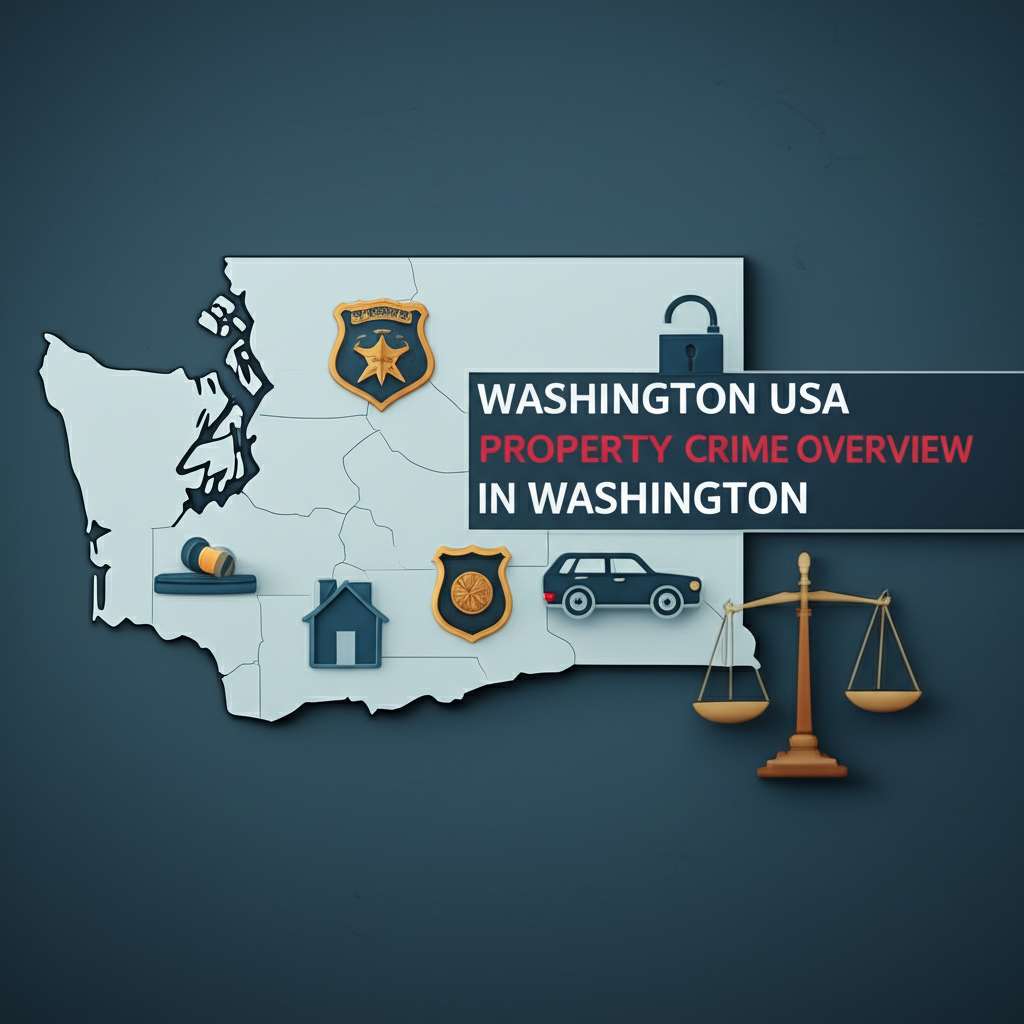
Property crimes represent the largest share of offenses reported in Washington, State, affecting a broad segment of the population. Theft ranks as the most common property offense with nearly 135,000 incidents recorded. Alongside theft, motor vehicle theft and burglary contribute substantially to the property crime totals, posing significant challenges for law enforcement. Residents face an approximate one in 35 chance of falling victim to some form of property crime, underscoring the need for vigilance and preventive measures within communities. These data are crucial to strategizing crime reduction and enhancing overall public safety.
- Property crimes constitute the majority of reported offenses, with theft being most widespread.
- Motor vehicle theft and burglary also represent significant property crime concerns.
- Residents face about a 1 in 35 chance of becoming victims of property crime.
| Property Crime Type | Reported Total | Rate per 1,000 Residents |
|---|---|---|
| Burglary | 37,583 | 4.81 |
| Theft | 134,730 | 17.24 |
| Motor Vehicle Theft | 53,222 | 6.81 |
| Total Property Crime | 225,535 | 28.87 |
Property Crime Rate Comparison: Washington vs National Median
Washington’s property crime rate notably surpasses the national median, standing at 28.87 crimes per 1,000 residents compared to 19.00 nationwide. This difference is evident across various categories such as burglary, theft, and motor vehicle theft. Elevated levels in these areas expose certain vulnerabilities within the city’s urban environment and underscore the complexity officials face in ensuring safe communities.

By analyzing these trends, policymakers and law enforcement agencies can better plan crime prevention initiatives and optimize resource distribution. More information on crime statistics at the national level is accessible via https://www.bjs.gov/index.cfm?ty=pbdetail&iid=7046.
- Washington’s property crime rate (28.87 per 1,000) significantly exceeds the national median of 19.00 per 1,000 residents.
- Higher rates in burglary, theft, and motor vehicle theft highlight local vulnerabilities.
- This data informs targeted crime prevention and law enforcement resource planning.
| Property Crime Type | Washington Rate per 1,000 | National Median Rate per 1,000 |
|---|---|---|
| Burglary | 4.81 | 2.51 |
| Theft | 17.24 | 13.47 |
| Motor Vehicle Theft | 6.81 | 3.19 |
| Total Property Crime | 28.87 | 19.00 |
Crime Density Analysis in Washington

The measure of crime density provides insights beyond simple totals by showing the concentration of incidents within geographic areas. Washington registers 53 crimes per square mile, which is about twice the national median of 26.5 crimes per square mile. This elevated crime concentration reflects the city’s dense urban population and the complex interplay of social and economic factors typical of metropolitan areas. Understanding how crime is spatially distributed allows law enforcement and emergency management teams to develop targeted strategies for high-risk locations, improving public safety and response times.
- Washington reports 53 crimes per square mile, which is double the national median of 26.5 crimes per square mile.
- Higher crime density reflects urban population concentrations and complex social factors.
- Understanding spatial crime distribution supports strategic policing and emergency management.
| Location | Crimes per Square Mile |
|---|---|
| Washington | 53 |
| National Median | 26.5 |
Ranking the Safest Cities in Washington
Some cities within Washington stand out due to their comparatively low crime rates, serving as models for effective crime prevention. Leading this list is Glenwood, holding the top spot as the safest city in the state. Following closely are Thorp, Beverly, Cougar, and other communities demonstrating strong social cohesion and resilient community safety practices. These cities benefit from active local engagement and partnerships between residents and social institutions. Their success stories provide valuable lessons on fostering secure environments in diverse contexts.
- Glenwood is ranked as the safest city in Washington.
- Other top cities with low crime levels include Thorp, Beverly, and Cougar.
- These communities exemplify effective crime prevention and community resilience.
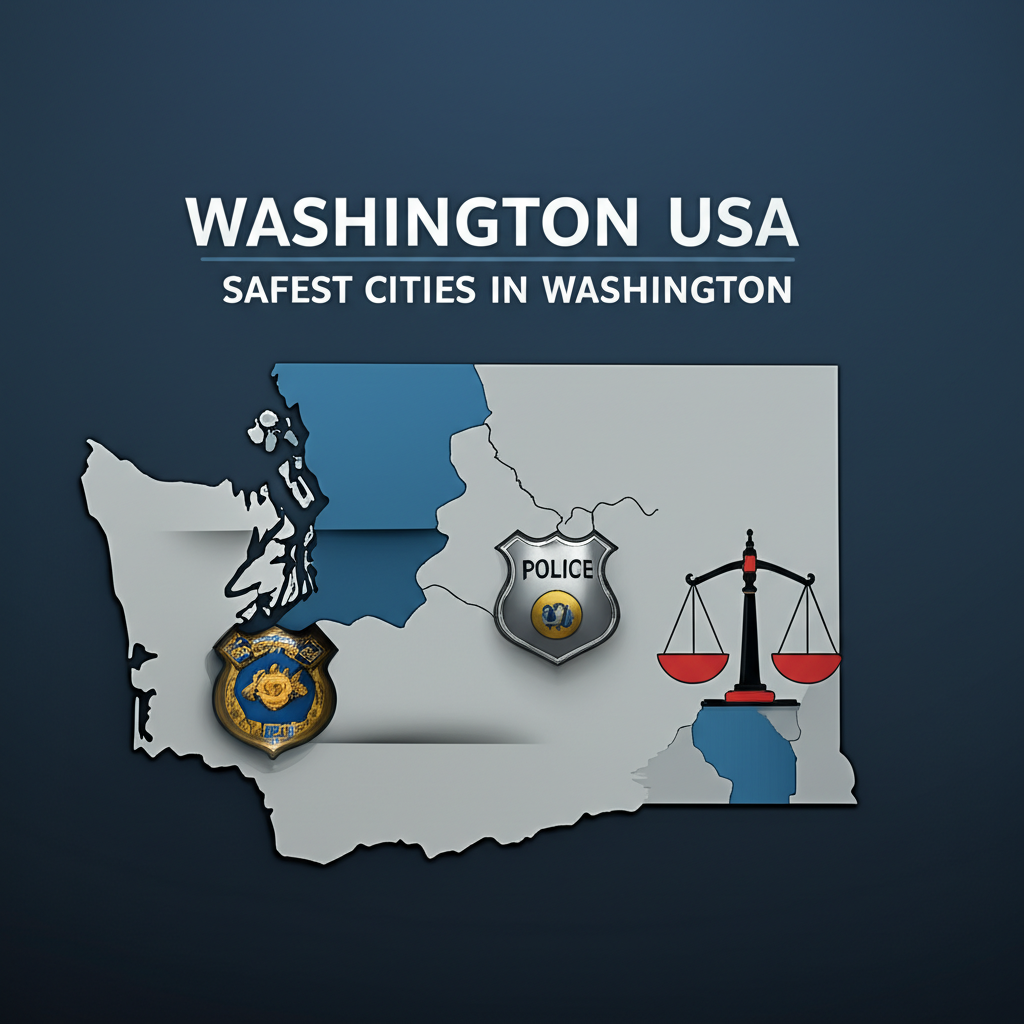
| Rank | City |
|---|---|
| 1 | Glenwood |
| 2 | Thorp |
| 3 | Beverly |
| 4 | Cougar |
| 5 | Conway |
| 6 | Ryderwood |
| 7 | Curlew |
| 8 | Addy |
| 9 | Kahlotus |
| 10 | Wilson Creek |
Popular Cities in Washington and Crime Context
Washington hosts several populous urban centers with diverse crime dynamics. Cities such as Seattle and Tacoma encompass busy urban environments where safety challenges often arise from population density and social diversity. Meanwhile, smaller cities contribute to the state’s overall crime makeup, each with unique characteristics influencing local crime patterns. Although detailed data for these cities may not be publicly available, understanding their presence and social composition is essential for a full picture of the state’s crime landscape and ongoing social research efforts.
- Washington featured major population centers with varying crime profiles.
- Cities like Seattle and Tacoma present diverse safety challenges due to urban density.
- Smaller cities complement the state’s overall crime dynamics.
| City | Crime Data Availability |
|---|---|
| Auburn | [city_crime_row city=”Auburn” state=”Washington”] |
| Bellevue | [city_crime_row city=”Bellevue” state=”Washington”] |
| Bellingham | [city_crime_row city=”Bellingham” state=”Washington”] |
| Everett | [city_crime_row city=”Everett” state=”Washington”] |
| Federal Way | [city_crime_row city=”Federal Way” state=”Washington”] |
| Kennewick | [city_crime_row city=”Kennewick” state=”Washington”] |
| Kent | [city_crime_row city=”Kent” state=”Washington”] |
| Kirkland | [city_crime_row city=”Kirkland” state=”Washington”] |
| Renton | [city_crime_row city=”Renton” state=”Washington”] |
| Seattle | [city_crime_row city=”Seattle” state=”Washington”] |
| Spokane | [city_crime_row city=”Spokane” state=”Washington”] |
| Spokane Valley | [city_crime_row city=”Spokane Valley” state=”Washington”] |
| Tacoma | [city_crime_row city=”Tacoma” state=”Washington”] |
| Vancouver | [city_crime_row city=”Vancouver” state=”Washington”] |
| Yakima | [city_crime_row city=”Yakima” state=”Washington”] |
Crime Data Collection and Analytical Methodology
Reliable crime data forms the backbone of effective criminology and public safety strategies. Washington’s crime statistics stem from a comprehensive collection effort involving over 18,000 local law enforcement agencies across the U.S. Data updates occur annually, capturing current trends and improving accuracy with each release.
The methodology behind compiling these figures involves meta-analyses of millions of recorded crimes as well as geographic information system (GIS) technology to assign location precision. Such robust processes provide clarity on trends and enable detailed statistical data sets that support policymakers and researchers alike. More information about these procedures can be found on the Bureau of Justice Statistics website at https://www.bjs.gov/.
- Crime data is compiled from over 18,000 local law enforcement agencies across the U.S.
- Annual updates ensure data reflects current crime trends and reporting accuracy.
- Methodology includes meta-analysis of millions of reported crimes and geographic information for accuracy and granularity.
Conclusion
In summary, the analysis of Washington USA crime rate, reveals a complex landscape where violent crime and property crime present distinct challenges. While the city’s violent crime rate is slightly below the national median, property crime rates significantly exceed it, highlighting areas for targeted intervention. The role of law enforcement and criminal justice systems is pivotal in addressing these issues, with a focus on crime prevention and public safety. The data underscores the importance of community engagement and the need for strategies that address the root causes of crime, including social issues and economic disparities. As Washington continues to evolve, so too must the approaches to ensuring the safety and well-being of all its residents.

